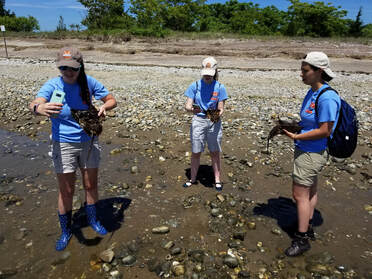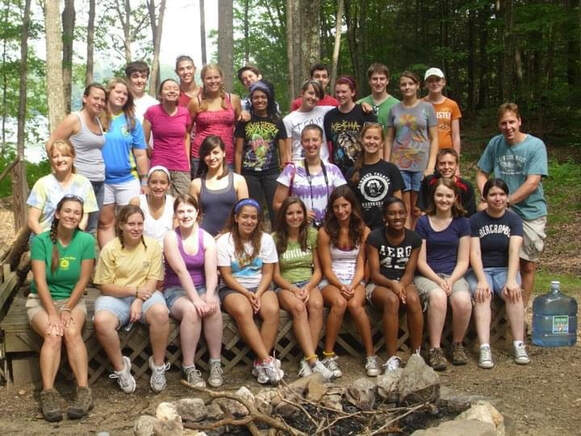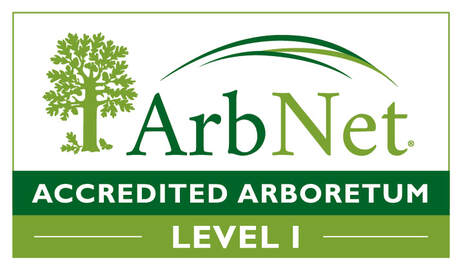|
Conservation Discovery Corps What is it? CDC is a year-long volunteer program that will allow teens to explore zoological and environmental careers while presenting to and interacting with small groups of visitors at the Zoo. Teens will also have the opportunity to participate in exciting field conservation research studies in the field. Where does it take place? Your training and main volunteering will take place at the Zoo, 1875 Noble Ave. in Bridgeport, but field research will take place throughout New York and New England. Who can participate? Students ages 14-18 who are currently enrolled in high school. (Must be at least 14 years old by the application deadline.) How much does it cost? Just $120 pays for your training program, work uniforms, and travel expenses for the field research trips. Why should I volunteer? You will gain insight into a potential career, build your resume and impress college recruiters, learn lifelong skills such as public speaking and teamwork, help save local species and habitats and – most importantly – you will have FUN! Registration for 2024 is now closed. Those interested in receiving updates on the application process for 2025 may fill out this form: CDC 2025 Application Inquiry |
|
William Tait
CDC 2010-2014 William Tait is a Cornell University doctoral candidate in the department of Chemical and Biomolecular Engineering. His dedication to Connecticut’s Beardsley Zoo began when he first joined the Zoo’s summer program, Zoo Patrol, at the age of seven. From there, he progressed to the Zoo’s 4-H program, then joined Zoo Career Explorers before participating in Conservation Discovery Corps from 2010 to 2014.
As a student at the Bridgeport Regional Aquaculture Science and Technology Education Center as well as a member of CDC, William knew he wanted to make an impact on a sustainable future for the planet. His Ph.D. research focuses on developing nanostructured materials for energy storage applications, since improvements to energy storage technologies are necessary for sustainability. “CDC was an exciting opportunity for me since I’d spent years talking to my family about animals, and now I would do it with the Zoo’s permission,” William says. “Going into my senior year of high school I had to decide whether to go into Animal Science or Chemistry. CDC gave me the inspiration to want to help save the world, and what I should study to help me do it.” |
Dr. Patricia Meade
DC 2010-2014 Connecticut's Beardsley Zoo became a staple in Tricia's life at a young age. Her family always had a zoo membership which meant many days off from school were spent wandering the zoo grounds. She joined the Conservation Discovery Corps in 2010 where she made memories and friends that will last a lifetime.
After obtaining her dual Bachelor's Degrees in Biological Sciences and Communication Studies at the University of Rhode Island, she returned to Beardsley Zoo to complete an animal care internship where she worked alongside Animal Care Specialists Bethany & Chris in the predator department. She went on to study Veterinary Medicine at Louisiana State University. Though she did not leave the Bayou with a southern accent and a pet alligator, she did return home to practice as a veterinarian in Fairfield. Tricia's time at CDC cemented her passion for animals. It helped her to feel comfortable talking to people of all different backgrounds and it helped her to make connections that have taken her to visit zoos in different states. She often reminisces on her four years in the CDC and is always excited to visit Beardsley Zoo. |
Sydney O’Brien
CDC 2012-2016 Sydney is a graduate of Wheaton College with a BA in biology, minoring in animal behavior and Hispanic studies. She is currently earning her MAS in Marine Biodiversity and Conservation from Scripps Institution of Oceanography, set to graduate in June 2024. She has worked on a variety of projects ranging from coral propagation to microplastics analysis in marine species, publishing her first paper in 2022 on bipedal locomotion in octopods, and producing her first short film in 2023 highlighting early career female deep-sea scientists.
Sydney fondly looks back at her time in CDC, remembering many days spent answering guest’s questions outside of the animal’s enclosures, as well as participating in conservation projects like bird banding and invasive species counts. During CDC she was invited to participate in a habitat restoration initiative in New Hampshire, planting lupine as habitat for the Karner blue butterfly, an opportunity she has never forgotten. “The CDC program changed my life in so many ways. I went in my freshman year of high school knowing that I loved animals and nature but with little knowledge or resources. I left for college 4 years later with a solid foundation, knowing I could succeed in the conservation industry. CDC prepares you with skills in education programming, field research and conservation, public speaking, networking, and making lifelong friends. I still keep in touch with those I met during CDC and use these skills every day in my career.” |
Mariah Rivera
CDC 2013 - 2017 Mariah Rivera is a Field Biology Associate for the Maui Nui Seabird Recovery Project under the Research Cooperative of the University of Hawaii. In this role, she works to research and protect Maui Nuiʻs populations of endangered and indigenous seabirds. Her journey at CTʻs Beardsley Zoo started at an early age, visiting the zoo with her grandparents during her childhood summers. She participated in Zoo Patrol at age 13. This experience led her to join Conservation Discovery Corps from 2013 to 2017. “My CDC experience is important to me because I credit the time I spent volunteering at CTʻs Beardsley Zoo as the catalyst for me pursuing a career in conservation. As a child I always knew I wanted to work with animals but I didnʻt know in what capacity. Through off grounds field trips with CDC I was exposed to the joys and challenges of conservation field work. I learned the importance of active species management and from there knew I wanted to be involved in the conservation field.” |













